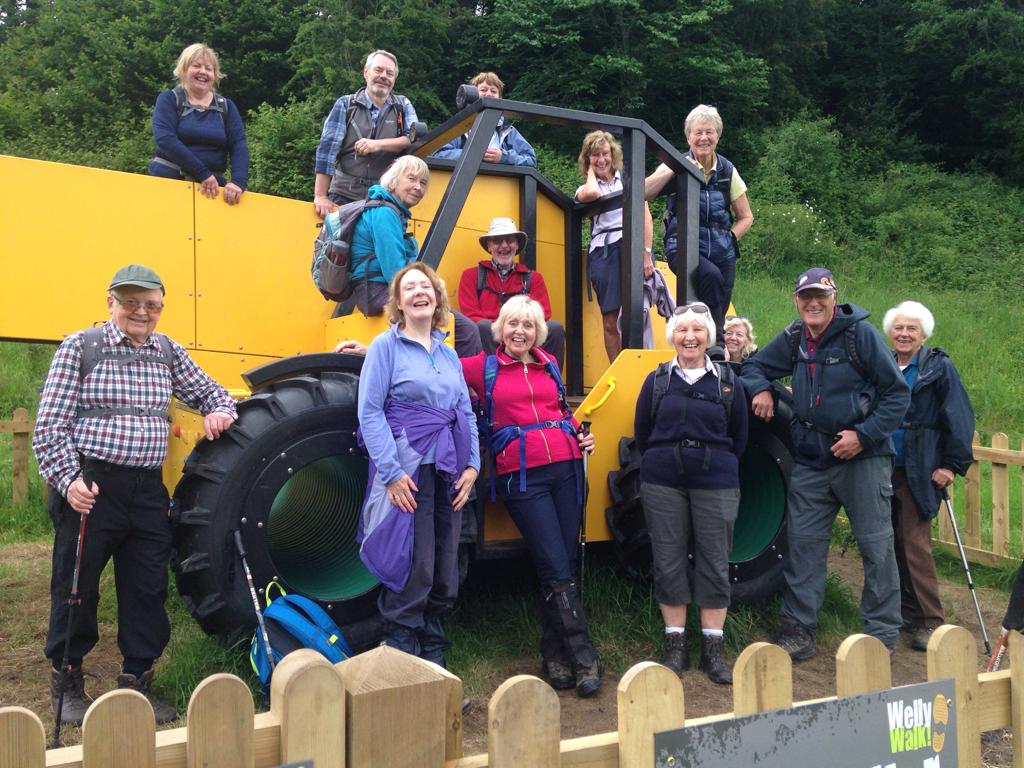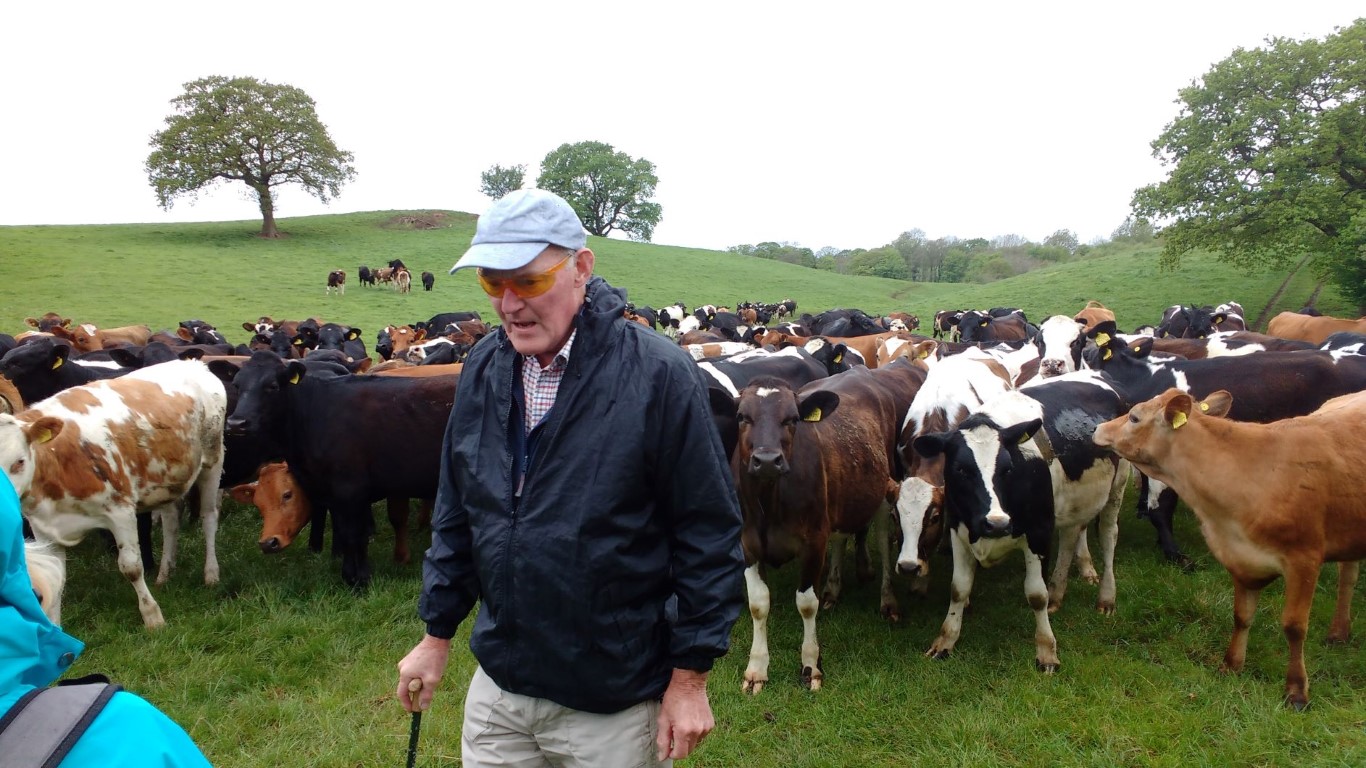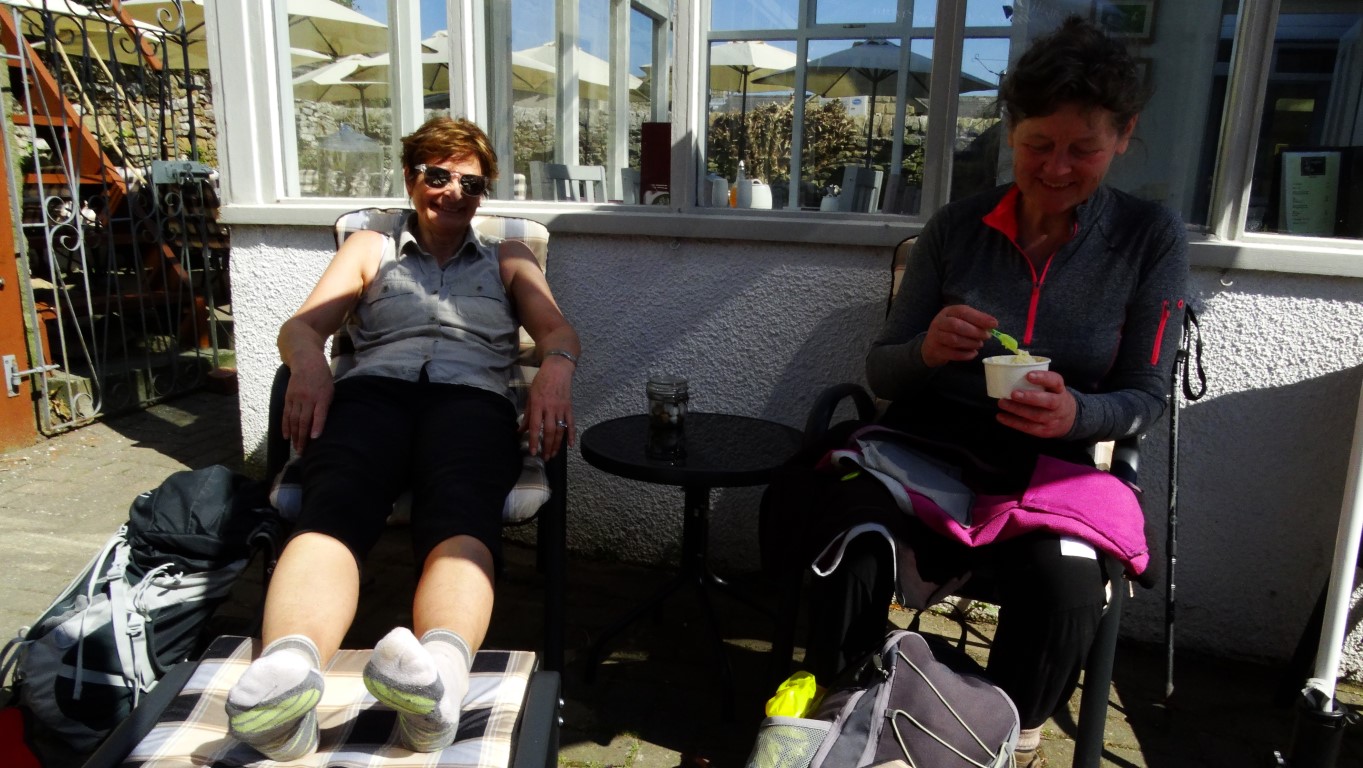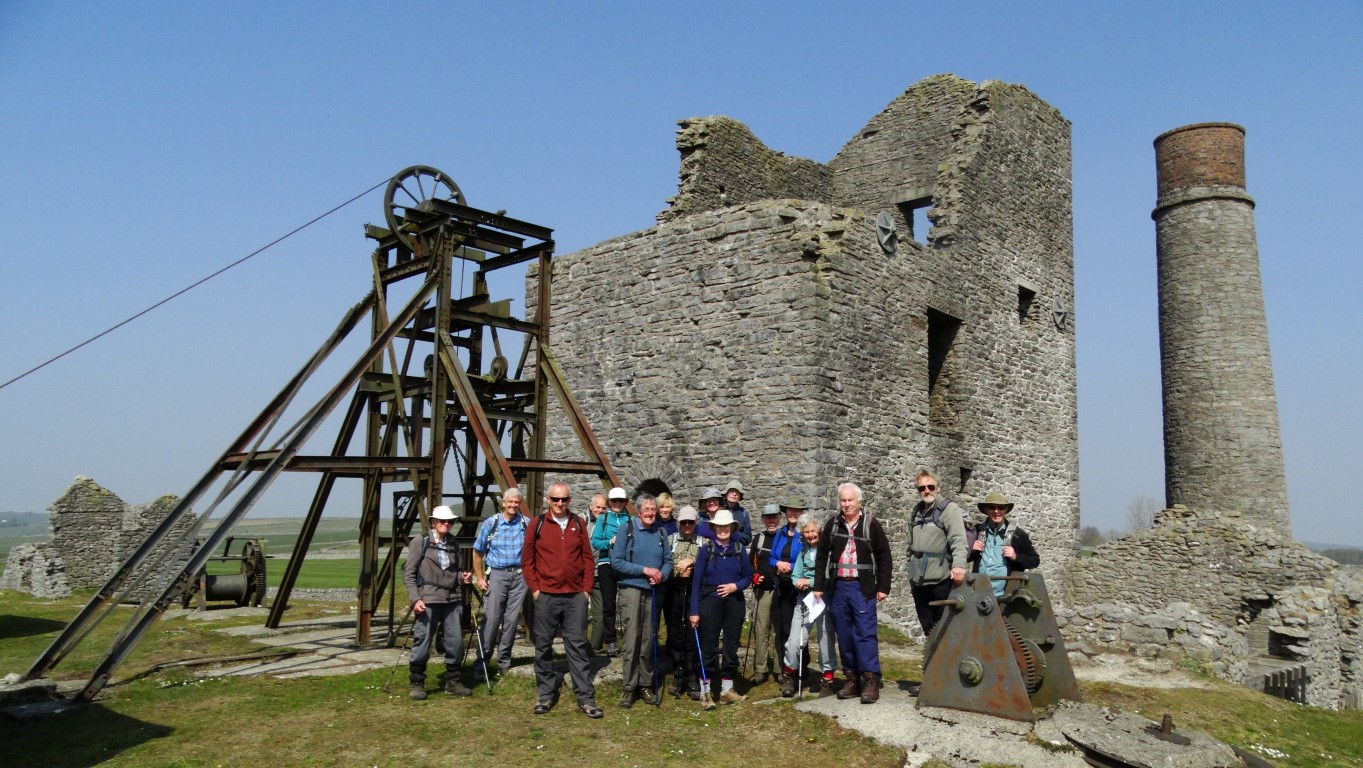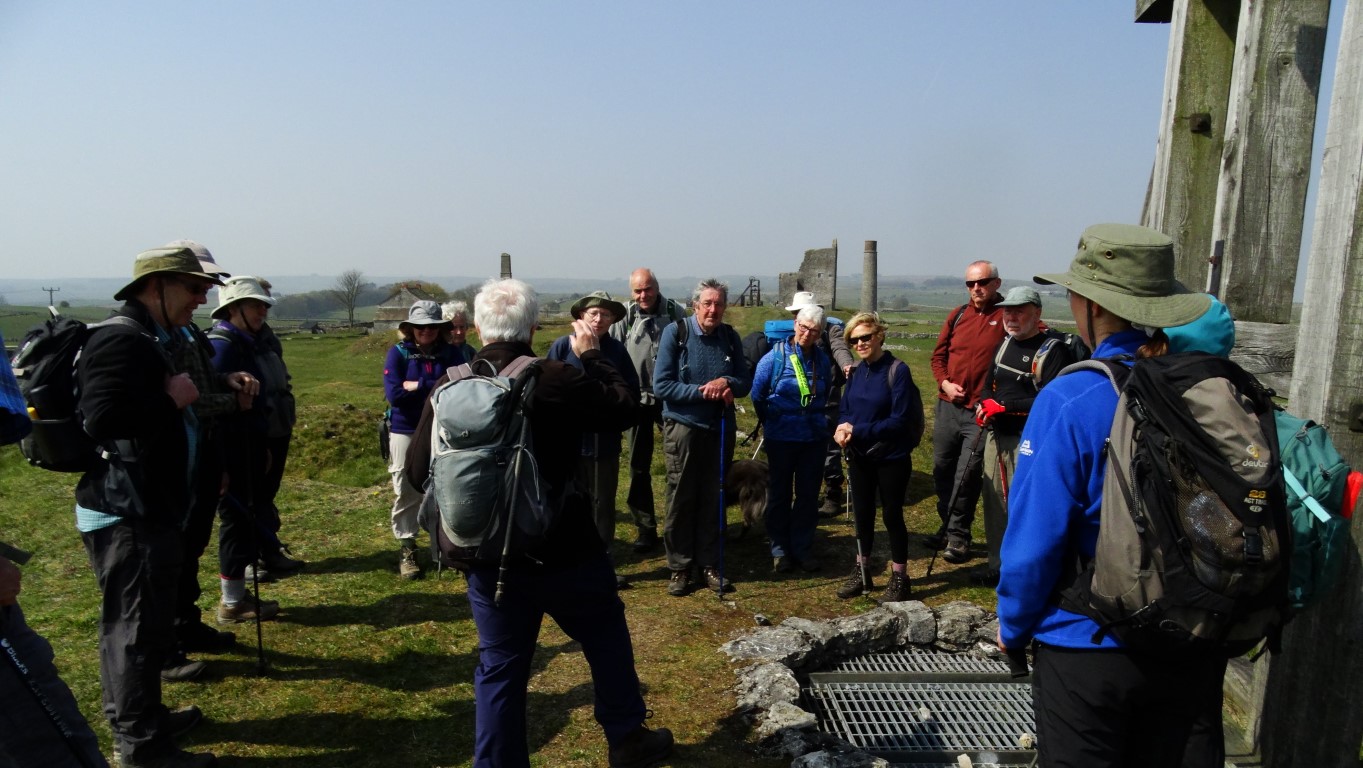It was a hot and humid day for this thirteen mile long walk for the East Cheshire Ramblers starting out from the village of Ripponden. The first part of the walk followed the wooded valley of the River Ryburn before making a short but steep ascent to the dam at Ryburn Reservoir. Completed in 1933, the reservoir is operated by Yorkshire Water and is the lower of two reservoirs built in the valley. Both reservoirs supply water to the City of Wakefield.
Above the southern shore of the reservoir a stop was made at a picnic area for a morning coffee break before making the ascent up onto Blackwood Edge. Here we joined the Blackwood Edge Road westwards which is a moorland track. A diversion was made to reach the rounded summit of Dog Hill (435 metres). From here, moorland paths were followed west over Rishworth Moor to join the path which runs alongside Rishworth Drain which is a leat which contours around the hillside and acts as a catchment stream for the nearby Great Withins Reservoir. It was a good spot to stop for lunch as there was just enough breeze to make it pleasant.
For the afternoon leg of the walk we descended on the moorland path close to Rag Sapling Clough to reach and cross the A58 at New Gate End Bridge. A gradual ascent followed over Soyland Moor where our walk continued to the hill called Manshead End (417 metres) and time for another break to admire the views.
The slightly lower Great Manshead Hill was next on our route before joining the Calderdale Way and later descending to Mill Bank, a small village which has a rich industrial history. The valley through which runs the fast flowing Lumb Beck was once a hive of industry with several water mills. Industries included cotton, fine silk woollen worsted cloth and spinning but the last textile mill in the valley finally closed in the 1970’s. At one time, over four hundred local people were employed in these industries but times were hard especially when disastrous fires burnt the mills down.
With another short but steep ascent followed by a gradual descent across fields we were soon in Ripponden and timed it nicely for afternoon tea and c
ake in Stanley’s Kitchen.

Starting point was close to the Old Bridge Inn in Ripponden which is claimed to be the oldest hostelry in Yorkshire.









